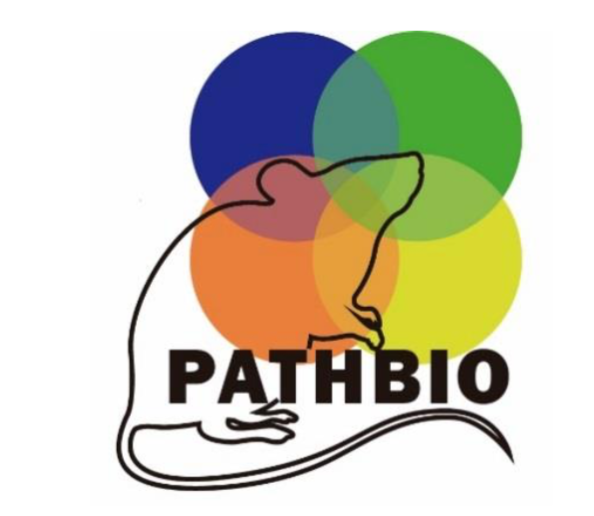



In order to avoid the progression of post-mortem degeneration processes, the necropsy must be carried out as soon possible.
Autolysis begins as soon as cadaveric rigidity is over, is particularly rapid, especially in the mouse, and leads, in a short time, to the complete lysis of several organs of the animal, starting from the inner ones.
These degenerative and putrefactive phenomena manifest with variable speeds and intensities: the adrenals, the covering epithelia of the gut and the bone marrow are the first to be altered; then the liver, spleen and kidneys, while the heart and the skeletal muscles, the fibrous tissues, the skin and bones appear more resistant.
However, the variations of the environmental temperature can modify the time of appearance and the progressing of these phenomena. The putrefactive processes, in fact, are accelerated by few hours in a warm atmosphere, while a cold atmosphere can delay their initiation considerably. It is therefore necessary to store cadavers in a refrigerator (+ 2°C to +4°C) as soon as possible after death, in case the autopsy cannot be carried out immediately.
Appropriate equipment is necessary in order to carry out a careful necroscopic examination.
The mouse will have to be carefully laid down on an appropriate wooden surface, or on a smooth and square table of paraffin, a few centimetres thick, extended on the back, with the limbs spread and held firmly with pins fixed in the four paws (Fig. 1). The necessary instruments are scissors, pliers, scalpels of varied format and size, and small containers filled with fixative to collect tissue sampless to be processed by histological techniques.
3. Description of the autopsy
cards
During the autopsy, the investigator must transcribe, preferably on appropriate cards, all the observations made during the post-mortem examination. These will serve to obtain a general, indispensable objective picture, useful for the pathologist to express his final judgment on the causes of the death (epicrisis).
On the pathology card (Figs. 2 and 3) the information on the identification of the animal will be transcribed, and all the macroscopic observations made during the autopsy will be reported.
All these pieces of information are of great usefulness for the interpretation of the histological observations, particularly when the description of the macroscopic data can be decisive in establishing the diagnosis, or in determining the importance of one lesion as a cause of death.
It is important, during the compilation of the cards, to be as objective as possible in reporting what one is observing. The investigator must describe the detailed aspects of an organ or of a lesion without adding interpretation of what he/she observes and without attempting to make a pathological classification of the same lesion.
Fig. 2 Mouse card reporting autopsy observations (Click here for a printable RTF document)
Fig. 3 Mouse card reporting histological diagnoses (Click here for a printable RTF document)
In particular, a series of characteristics should be described like the position, the shape, the colour and the consistency of the organs, the aspect of the cut surfaces, the normal or pathological content of some hollow organs, like the bladder, pleura or intestine, about which it will be spoken below.
The better method of filling in the cards consists of dictating a complete description of the organs and the lesions observed to a person who assists.
The other face of the card should contain the histological description of the specimen of every organ taken.
4. Criteria for specimen collection and tissue fixation for
histological examination
In general, a histological examination of some or all organs is necessary for a final diagnosis; in this respect, it is important to know how to deal with tissues taken during the autopsy.
First of all, it is not advisable to leave the organ specimens for even a short time in air; they should be fixed as soon as possible. The fixative can be 10% buffered formalin, 5% Zenker formolic acid, or Bouin 's fixative. The storage of the sections in the fixative should not exceed 24 or 48 hours.
It is rarely advisable to fix large entire organs, as they have been removed, but it is suggested to take only some sections, preferably those showing pathological characteristics. The instruments for this operation are a thin scalpel or a common razor blade. Moreover, it is convenient to deal each organ in a different way before the fixation. The heart will be divided in two halves with a median cut taken from the apex to the base, so that the fixative can be absorbed more quickly. A median cut along the greater axis will be executed for kidneys and, in some cases, also for the testes. These methods are essential in order to obtain good histological slides.